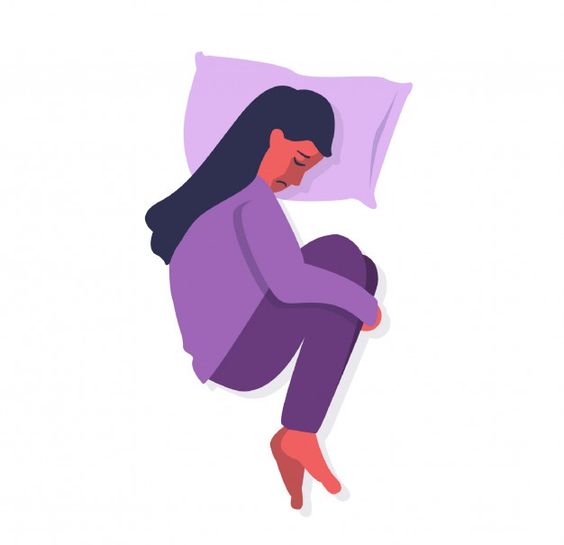Introduction:
Endometriosis is a common yet often misunderstood condition affecting millions of women worldwide. It occurs when tissue similar to the lining of the uterus (endometrium) grows outside of the uterus, commonly in the pelvic area. This misplaced tissue can cause a range of symptoms, from painful periods and heavy bleeding to discomfort during intercourse and even infertility.

Living with endometriosis can be incredibly challenging, both physically and emotionally. The unpredictable nature of the condition, coupled with the often debilitating pain, can take a toll on daily life, relationships, and mental well-being. Many women endure years of misdiagnosis or ineffective treatments before finding relief.
Understanding Endometriosis Pain
The pain associated with endometriosis is often described as a sharp, stabbing pain in the pelvis, lower abdomen, or lower back. This pain can be chronic, meaning it's present for six months or longer, or it may occur primarily during menstruation (dysmenorrhea). The severity of pain doesn't always correlate with the extent of the condition; some women with mild endometriosis experience intense pain, while others with more extensive tissue growth have minimal discomfort.
Finding Relief and Managing Symptoms
While there is currently no cure for endometriosis, there are various treatment options available to manage the symptoms and improve quality of life. The most appropriate treatment plan varies depending on the individual, the severity of symptoms, and whether pregnancy is desired.
Pain Management:
- Over-the-counter pain relievers: Nonsteroidal anti-inflammatory drugs (NSAIDs) like ibuprofen can help reduce pain and inflammation.
- Hormone therapy: Birth control pills, hormonal IUDs, and other hormonal medications can help regulate hormones and reduce the growth of endometrial tissue.
- Prescription pain medication: In severe cases, stronger pain relief medication may be prescribed.
Lifestyle Modifications:
- Heat therapy: Applying heat to the abdomen or lower back can help relax muscles and alleviate pain.
- Regular exercise: Gentle exercise, such as walking or yoga, can help reduce inflammation and pain.
- Stress management techniques: Stress can exacerbate endometriosis symptoms, so practicing relaxation techniques like deep breathing or meditation may provide relief.
Surgical Options:
- Laparoscopy: A minimally invasive procedure to remove or destroy endometrial tissue.
- Hysterectomy: Surgical removal of the uterus, which may be considered in severe cases when other treatments have failed and pregnancy is not desired.
It's crucial to remember that managing endometriosis is an ongoing process. Working closely with a healthcare professional to develop an individualized treatment plan is essential for finding effective relief and regaining control over your life.





